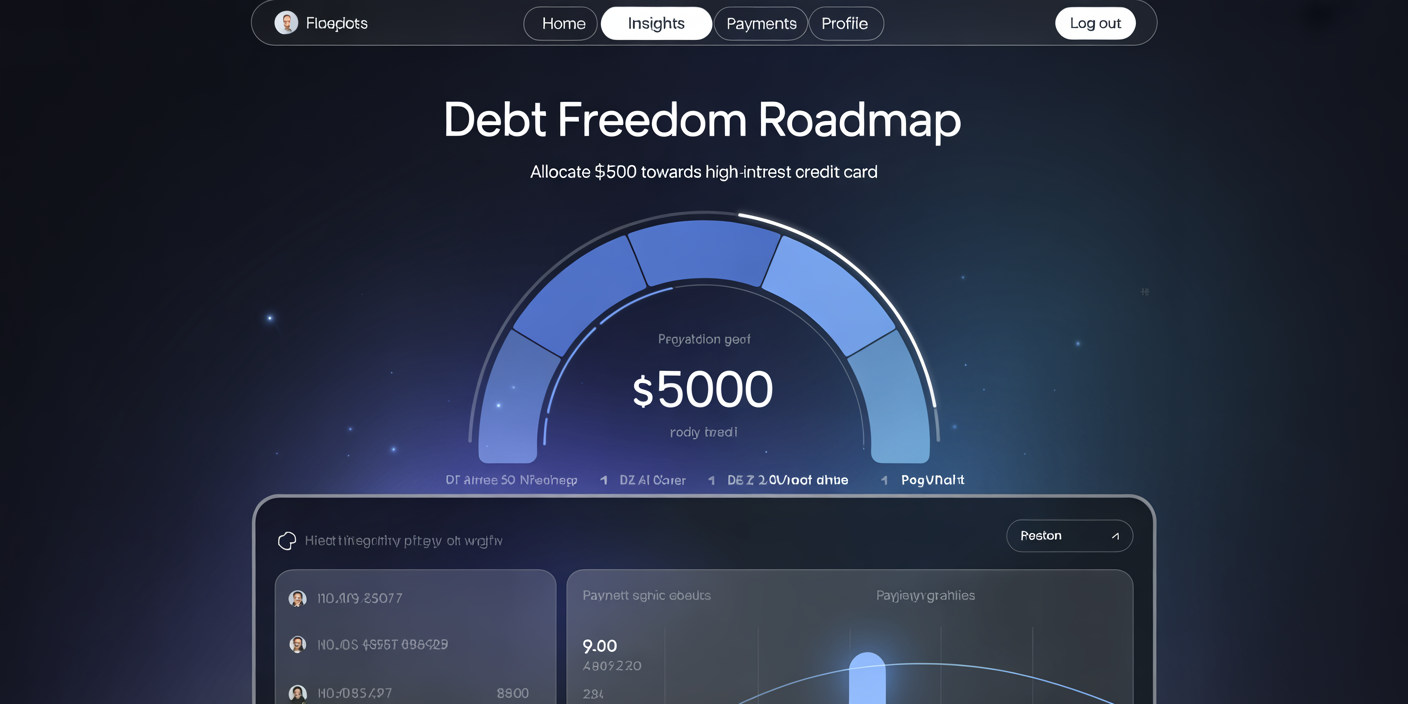Is Investing in Rental Properties Still Profitable in 2025?
Anúncios
As we navigate the economic landscape of 2025, rental property investment continues to be a significant topic for both seasoned investors and newcomers alike. The evolving market conditions, technological advancements, and shifting demographics have all influenced the profitability of rental properties this year. With rising interest rates in many countries, increased construction costs, and changes in tenant behavior, one may wonder if real estate remains a viable avenue for wealth accumulation or passive income generation in 2025. This article delves deep into current trends, offers comparative analyses, and provides data-backed insights to evaluate the ongoing profitability of investing in rental properties.

Current Market Context for Rental Properties in 2025
The real estate market in 2025 operates amid complex factors that directly impact rental investments. Firstly, global inflation rates have caused material and labor costs to spike, leading to higher property prices and maintenance expenses. According to the U.S. Bureau of Labor Statistics, construction costs grew by 6% annually between 2022 and 2025, pushing home prices higher. For investors, this means an increased upfront capital requirement and elevated operating costs.
Anúncios
Secondly, mortgage interest rates, which influence financing costs, have been on an upward trajectory. The average 30-year fixed mortgage rate in the United States hovered around 7.1% in early 2025, compared to roughly 3.1% just three years prior. This substantial rise in borrowing costs affects investors by reducing immediate cash flow margins and elongating break-even periods. However, despite these challenges, rental demand has remained resilient. Urbanization trends, remote work’s flexibility, and housing affordability issues continue to push many individuals toward renting, sustaining occupancy rates above 92% nationally.
Profit Margins: Analyzing Rental Yield Versus Expenses
Anúncios
Understanding the profitability of rental properties fundamentally revolves around rental yield—how much income an investment generates relative to its price. Gross rental yield is calculated as annual rental income divided by the property purchase price, multiplied by 100.
| Region | Average Property Price (USD) | Average Annual Rent (USD) | Gross Rental Yield (%) |
|---|---|---|---|
| New York City | $750,000 | $36,000 | 4.8 |
| Dallas | $350,000 | $24,000 | 6.9 |
| Miami | $420,000 | $28,800 | 6.9 |
| Atlanta | $320,000 | $21,600 | 6.75 |
*Source: Real Estate Research Institute, 2025*
In high-demand metropolitan areas such as New York City, rental yields tend to be lower due to elevated property prices. In contrast, emerging markets like Dallas and Atlanta offer better rental yields as property prices are relatively more accessible while rental demand remains robust.
However, gross yield paints only part of the picture. Investors must consider operating expenses, including property taxes, insurance, maintenance, management fees, and vacancy costs. The net rental yield provides a clearer sense of profitability after costs.
For example, an Atlanta rental property with a gross yield of 6.75% may drop to a net yield of approximately 4.5% after deducting 33% in operating expenses. When factoring in mortgage payments, especially at higher interest rates, monthly cash flow margins can become thin or even negative, emphasizing the importance of accurate financial modeling.
Case Study: Urban vs. Suburban Rental Investments in 2025
To illustrate profitability nuances, consider two investors in 2025: Emma, who invests in an urban apartment in San Francisco, and Jake, who purchases a suburban single-family home near Houston.

Emma buys a studio apartment for $650,000 with a monthly rent of $3,000. Her mortgage interest rate is 7.0%, resulting in higher monthly debt service of roughly $4,300 (principal and interest), causing negative monthly cash flow. However, San Francisco benefits from strong appreciation potential due to tech-driven economic growth and limited housing supply.
Jake acquires a 3-bedroom single-family home for $320,000, renting it for $2,400 per month. With a similar mortgage rate, his debt service totals approximately $2,100 monthly, leaving positive cash flow even after accounting for management fees and maintenance. Houston’s growing population and business-friendly environment support sustained rental demand, contributing to long-term value appreciation.
| Factor | Emma (San Francisco) | Jake (Houston Suburb) |
|---|---|---|
| Property Price | $650,000 | $320,000 |
| Monthly Rent | $3,000 | $2,400 |
| Mortgage Rate | 7.0% | 7.0% |
| Monthly Mortgage Payment | $4,300 | $2,100 |
| Monthly Cash Flow (before expenses) | -$1,300 | +$300 |
| Expected Annual Appreciation | 4% | 3% |
This case demonstrates how rental property profitability depends heavily on location-specific factors and investment objectives – whether prioritizing cash flow or equity growth.
Impact of Technological and Regulatory Changes on Rental Investments
The rental property sector in 2025 benefits from various technological enhancements that both aid investors and reshape tenant expectations. Property management platforms powered by AI streamline rent collection, maintenance scheduling, and tenant screening. By automating these processes, investors reduce operational costs and improve tenant satisfaction, which can lead to higher retention rates—critical for maintaining steady income.
At the same time, regulatory environments across many states and countries are tightening to protect renters. For instance, rent control laws are expanding in cities like Los Angeles, New York, and Berlin, capping annual rent increases and reducing income growth potential for landlords. Investors must weigh these restrictions carefully since they can impact long-term returns.
Furthermore, sustainability requirements and energy-efficient building mandates are becoming more prevalent. Properties that meet green standards often attract quality tenants willing to pay premium rents. Incorporating solar panels, efficient HVAC systems, and eco-friendly construction materials may increase upfront costs but boost profitability through government incentives and reduced utility expenses.
Rental Market Trends and Tenant Demographics in 2025
Demographic shifts heavily influence rental market dynamics. Millennials and Generation Z, who form a significant renter base, prioritize flexibility, technology integration, and amenities such as co-working spaces and fitness centers. Properties offering smart home features or communal social areas often command higher rents and faster occupancy.

Additionally, remote work has spurred demand for rentals in suburban and secondary markets where affordability is better than metropolitan cores. According to Zillow’s 2025 Rental Market Report, suburban rental rates increased by 7% annually, outpacing urban areas growing at 4%, underscoring changing preferences.
In parallel, the rise of short-term rentals and platforms like Airbnb poses both competition and opportunity. Investors in tourist-friendly locations can capitalize on higher per-night rates but must navigate varying local regulations and increased management complexity.
Comparative Table: Traditional Rental Properties vs. Alternative Real Estate Investments in 2025
| Investment Type | Average ROI (Post-expenses) | Risk Level | Liquidity | Management Intensity | Example Locations |
|---|---|---|---|---|---|
| Long-term Residential Rentals | 4-8% | Moderate | Low | Medium | Dallas, Atlanta, Phoenix |
| Short-term Rentals (Airbnb) | 8-12% | High | Low | High | Miami, Orlando, Las Vegas |
| Real Estate Investment Trusts (REITs) | 6-9% | Low to Moderate | High | Low | Nationwide |
| Commercial Rentals | 5-10% | Moderate to High | Low to Moderate | High | New York, Chicago, San Francisco |
While traditional long-term rental properties remain popular for steady income and capital appreciation, alternative real estate investments offer different risk-reward profiles and liquidity. Investors should align choices with financial goals and risk tolerance.
Future Outlook: What Lies Ahead for Rental Property Investors?
Looking beyond 2025, several key factors will shape the trajectory of rental property investment profitability. Economic uncertainty and potential recession signals may tighten credit markets, making financing more challenging and expensive compared to previous decades. Rising interest rates, unless mitigated by inflation adjustments or central bank policy changes, may suppress property price growth and cap rental rate increases.
On the positive side, urbanization is expected to continue globally, especially in developing economies, sustaining rental demand over time. Technology adoption, from blockchain-based property transactions to AI-assisted property management, will further reduce barriers for investors.
Moreover, climate change considerations may introduce new risks, especially for properties in vulnerable geographic areas prone to flooding or wildfires. Investors will need to factor environmental resilience into acquisition strategies.
Ultimately, successful rental property investment in the coming years will depend on location selection, thorough financial analysis, adaptive management practices, and responsiveness to evolving tenant preferences and regulatory landscapes.
In sum, rental properties in 2025 remain a viable investment avenue with the potential for solid returns, provided investors conduct comprehensive due diligence and adapt to shifting market realities. While elevated interest rates and regulatory pressures introduce headwinds, sustained rental demand fueled by demographic trends and technological progress offers opportunities for those willing to navigate a complex environment. The balance of risk and reward in rental investments continues to present a compelling case for inclusion in diversified investment portfolios.



Post Comment